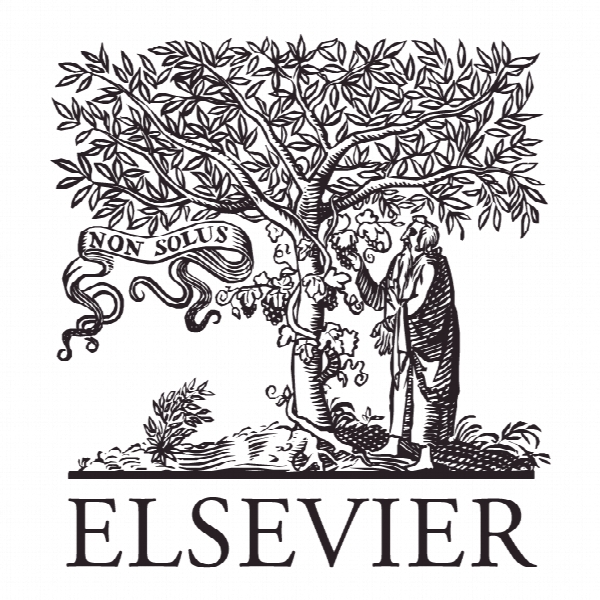تطبیق پیگیری داده های لرزه ای به صورت موازی Matching pursuit parallel decomposition of seismic data
- نوع فایل : کتاب
- زبان : انگلیسی
- ناشر : Elsevier
- چاپ و سال / کشور: 2018
توضیحات
رشته های مرتبط ژئوفیزیک
گرایش های مرتبط لرزه نگاری
مجله کامپیوترها و علوم زمین – Computers and Geosciences
دانشگاه China University of Geosciences (Beijing) – China
شناسه دیجیتال – doi http://dx.doi.org/10.1016/j.cageo.2017.04.005
منتشر شده در نشریه الزویر
کلمات کلیدی انگلیسی Matching pursuit; Computation speed; Parallel algorithm; Seismic data
گرایش های مرتبط لرزه نگاری
مجله کامپیوترها و علوم زمین – Computers and Geosciences
دانشگاه China University of Geosciences (Beijing) – China
شناسه دیجیتال – doi http://dx.doi.org/10.1016/j.cageo.2017.04.005
منتشر شده در نشریه الزویر
کلمات کلیدی انگلیسی Matching pursuit; Computation speed; Parallel algorithm; Seismic data
Description
1. Introduction Matching pursuit is an algorithm for sparse representation of signals. It adaptively decomposes a signal into a series of time-frequency atoms that match the time-frequency characteristics of the signal (Mallat and Zhang, 1993). The matching pursuit decomposition of seismic signals has been widely used in seismic data processing and interpretation, such as migration (Wang and Pann, 1996; Li et al, 1998), filtering (Nguyen and Castagna, 2000), interpolation (Øzbek, 2009), inversion (Yang et al, 2011; Zhou et al, 2013), and spectral analysis for hydrocarbon recognition (Castagna et al, 2003; Wang, 2007) and channel detection (Liu and Marfurt, 2007). The Gabor wavelet is used as the time-frequency atoms in a conventional matching pursuit algorithm. Considering the characteristics of seismic signals, Liu et al (2004) applies the Ricker wavelet as the time-frequency atoms to decompose seismic data. Liu and Marfurt (2005), and Wang (2007) implement matching pursuit decomposition of seismic signals based on the Morlet wavelet. A conventional matching pursuit algorithm costs a huge amount of computation, because it searches the optimal time-frequency atoms from an abundant dictionary (Mallat and Zhang, 1993). Liu and Marfurt (2005) introduce complex-trace analysis into the algorithm to avoid the blind search of time-frequency atoms, greatly improving its computation speed. Based on this, Wang (2007) summarizes “three-stage procedure” for matching pursuit decomposition of seismic signals where the decomposition is more precise by executing local search around the complex-trace attributes. In order to improve the spatial continuity of the decomposition, Wang (2010) further proposes multichannel matching pursuit. Although matching pursuit decomposition of seismic signals has been greatly improved, the local search of time-frequency atoms and iterative implementation of the algorithm still cost lots of time. To further enhance its execution speed, in addition to the algorithm itself, with the help of high-performance computers to accelerate the decomposition could also be considered. Liu and Marfurt (2007) perform matching pursuit to seismic data by searching a suite of optimal time-frequency atoms at one iteration rather than one at a time as in a conventional algorithm. Because the search of optimal time-frequency atoms has the same implementation and is independent of each other, Liu and Marfurt (2007) inspire us to execute matching pursuit decomposition in parallel by parallel computer systems. Hence, in this paper, we design a parallel decomposition algorithm of matching pursuit to effectively improve the computation speed of the matching pursuit decomposition of seismic signals. It gives full play to the advantages of parallel computing and has good expandability. We believe that the realization of matching pursuit parallel decomposition for seismic data will benefit the application of matching pursuit in the processing and interpretation of large-scale 3D seismic data.


